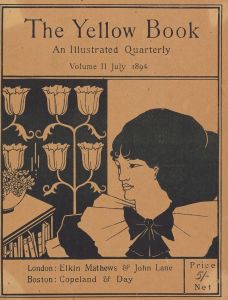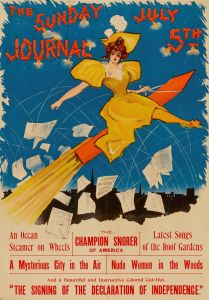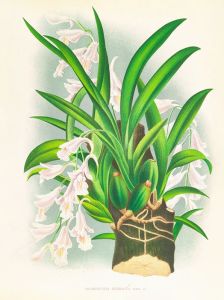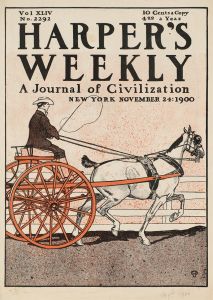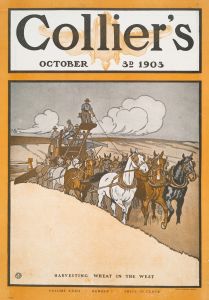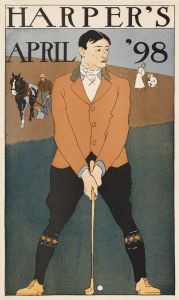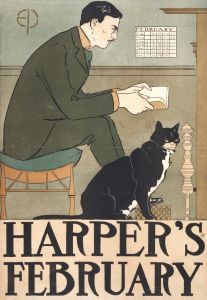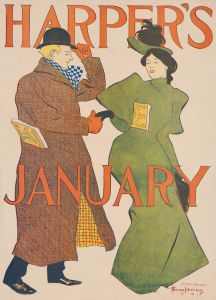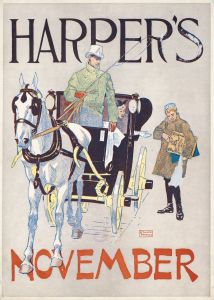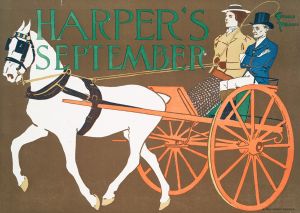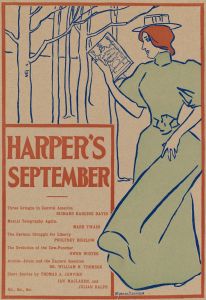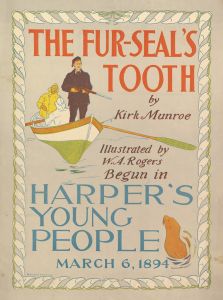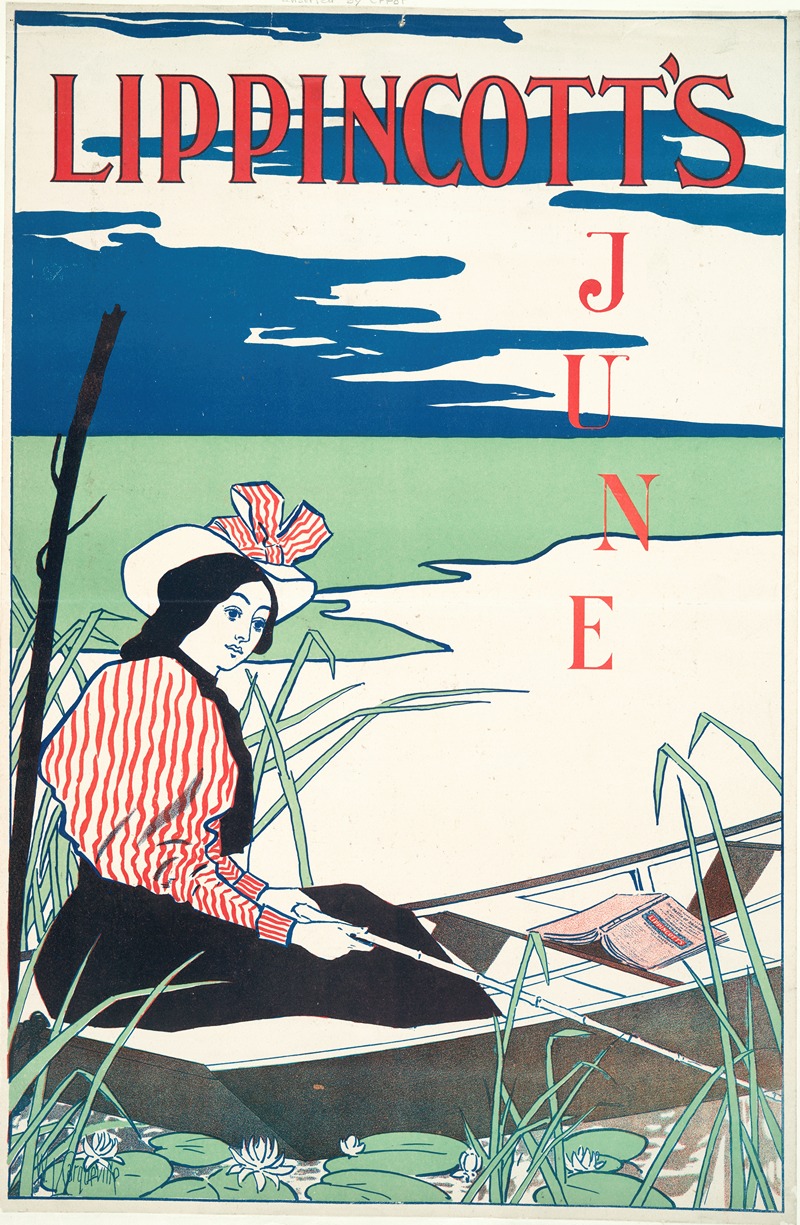
Lippincott’s, June
A hand-painted replica of Edward Penfield’s masterpiece Lippincott’s, June, meticulously crafted by professional artists to capture the true essence of the original. Each piece is created with museum-quality canvas and rare mineral pigments, carefully painted by experienced artists with delicate brushstrokes and rich, layered colors to perfectly recreate the texture of the original artwork. Unlike machine-printed reproductions, this hand-painted version brings the painting to life, infused with the artist’s emotions and skill in every stroke. Whether for personal collection or home decoration, it instantly elevates the artistic atmosphere of any space.
Edward Penfield was an influential American illustrator and a leading figure in the development of graphic design during the late 19th and early 20th centuries. One of his notable works is "Lippincott’s, June," a cover illustration created for the June 1897 issue of "Lippincott’s Monthly Magazine." Penfield's work is often associated with the Art Nouveau movement, characterized by its decorative style and use of organic forms.
"Lippincott’s, June" is a prime example of Penfield's distinctive style, which combines bold outlines, flat colors, and simplified forms. This approach was well-suited to the medium of magazine covers, where the artwork needed to be eye-catching and easily reproducible. Penfield's work often featured elegant and fashionable figures, reflecting the cultural and social trends of the time.
The illustration for "Lippincott’s, June" depicts a stylishly dressed woman holding a parasol, set against a simple, yet striking background. The use of a limited color palette and strong lines is typical of Penfield's work, emphasizing the figure and creating a sense of immediacy and impact. This style was not only visually appealing but also practical for the printing technologies of the period, which required clear and bold designs to reproduce well.
Edward Penfield's contributions to graphic design and illustration were significant during his time. He served as the art director for Harper’s Magazine from 1891 to 1901, where he produced a series of monthly posters that are now considered iconic examples of American poster art. His work for "Lippincott’s Monthly Magazine" and other publications helped to define the visual culture of the era, bridging the gap between fine art and commercial illustration.
Penfield's influence extended beyond his own work, as he helped to elevate the status of illustration as a legitimate art form. His designs were not only commercially successful but also critically acclaimed, earning him a place among the leading artists of his generation. The clarity and elegance of his illustrations continue to be admired and studied by artists and designers today.
"Lippincott’s, June" remains a testament to Penfield's skill and vision as an illustrator. It captures the essence of the late 19th-century American aesthetic, blending artistic innovation with commercial appeal. As a piece of graphic art, it reflects the broader trends of its time, including the rise of consumer culture and the increasing importance of visual media in everyday life.
Overall, Edward Penfield's work, including "Lippincott’s, June," represents a significant chapter in the history of American illustration and graphic design. His ability to combine artistic quality with commercial viability set a standard for future generations of illustrators and designers, making his contributions both timeless and influential.





